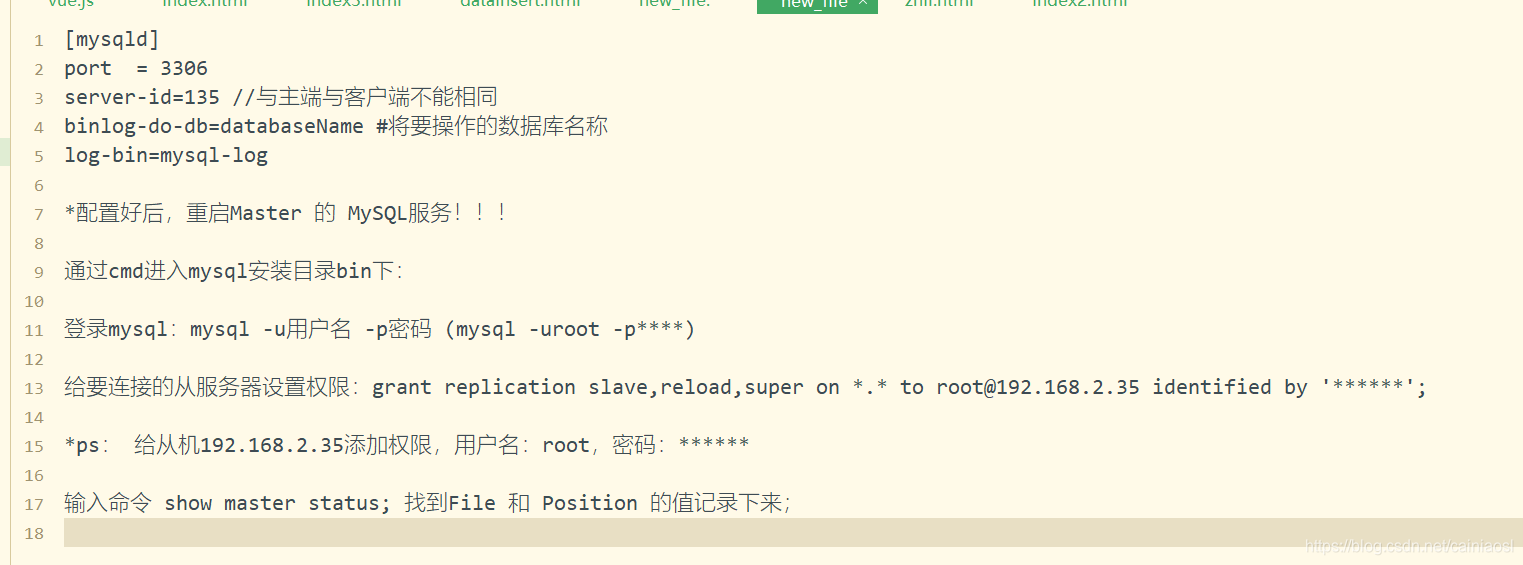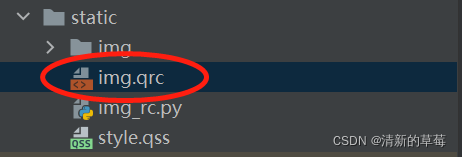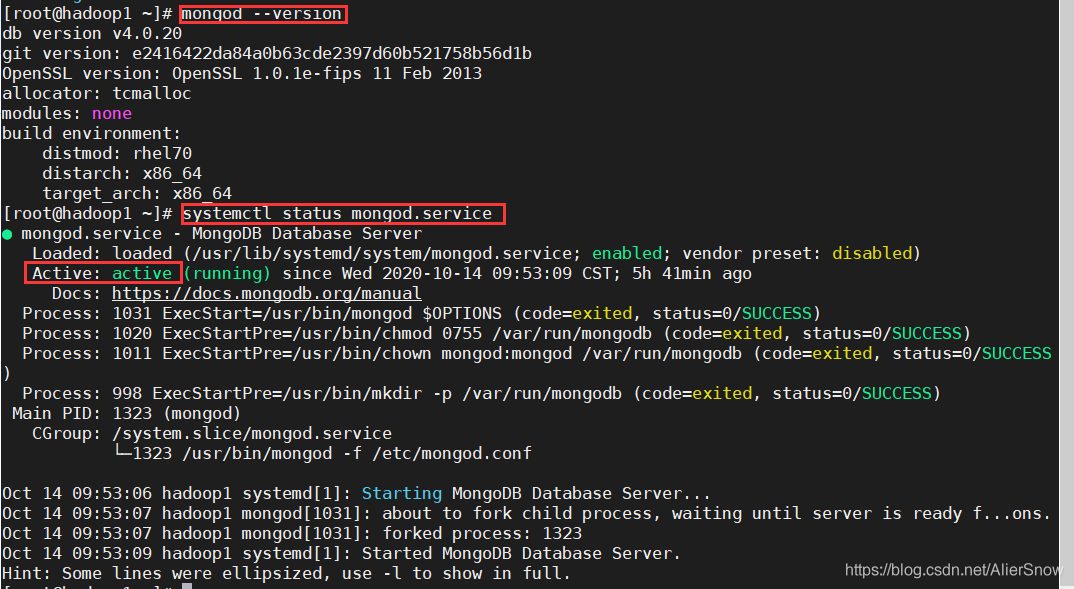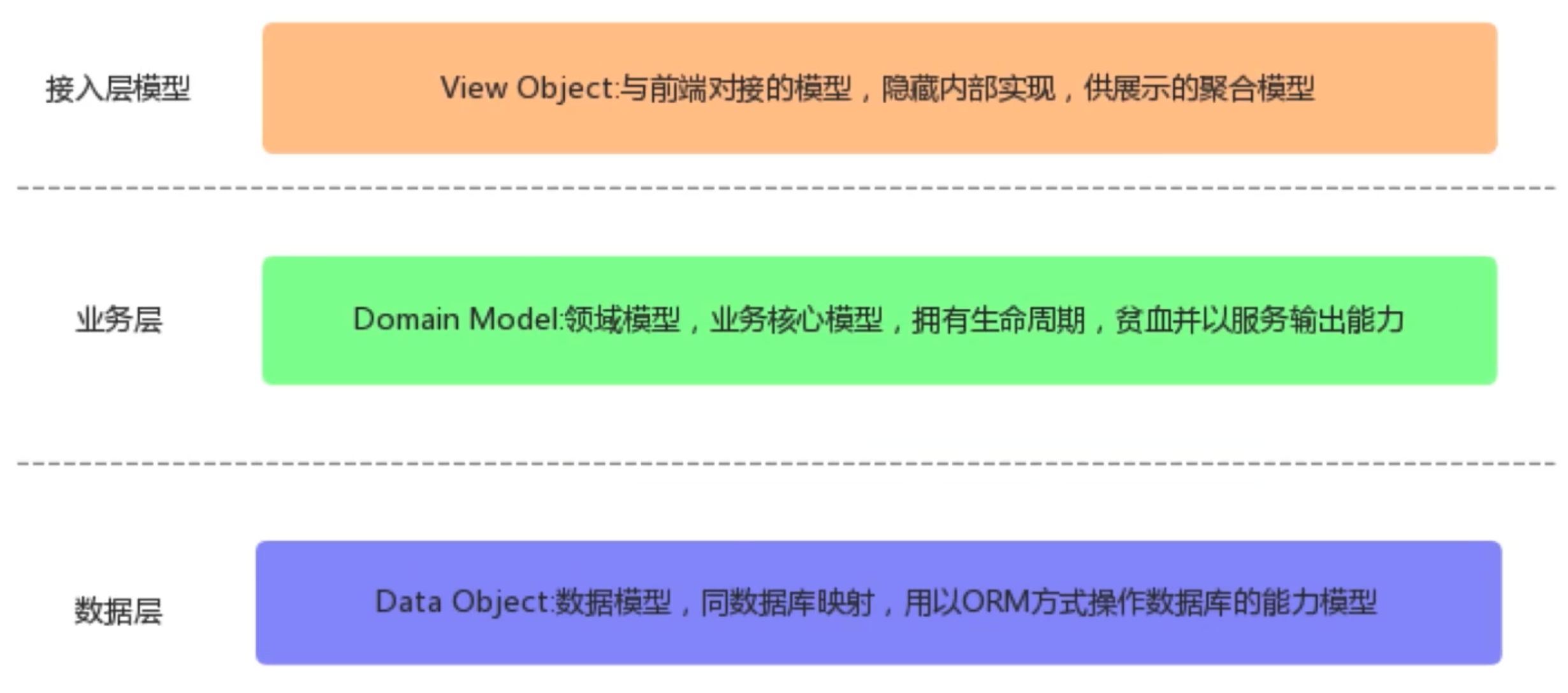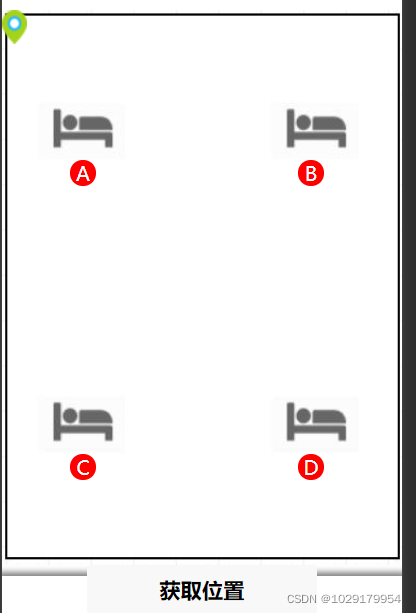当前位置:网站首页>On the multi-level certificate based on OpenSSL, the issuance and management of multi-level Ca, and two-way authentication
On the multi-level certificate based on OpenSSL, the issuance and management of multi-level Ca, and two-way authentication
2022-04-23 14:07:00 【JokerYourMemory】
Recent research openssl grant a certificate , Search the Internet for information about openssl Usage of 、 Information and so on , Always feel very scattered , And it's shallow , Although there are many articles , But lack of clarity that can really tell you , Just stay in “ It works ” On , Sigh with emotion , This how line , In the end, we do not understand or keep it secret ?
It is suggested to have a brief understanding of :
tls The concept of 、 The process and difference between one-way authentication and two-way authentication 、 digital certificate 、CA Role of the organization 、openssl
1、 Do you need multi-level certificates ?
There are two core problems :
a、 Do you need two-way authentication ?
The business cases I've seen , The customer accesses a service on the public network , Issue a certificate directly by yourself , On the server side , Customer https There's nothing wrong with the interview , Customers don't care much . But if your background service is to provide an interface to other companies , And customers require two-way authentication ? Can you just have a server certificate ?
b、 Do you need multi-level ?
Or the example above , My backstage gives customers two-way authentication , I can build a root certificate by myself , The root certificate directly issues the server and client certificates , Then the server certificate will be given to myself , The client and root certificates are handed over to other companies , It can also be realized ? Why do you need multi-level ?
2、 Why should there be multi-level certificates ?
I don't know how to analyze the theory , There are probably a few statements :a、 Root certificate as the most authoritative 、 The certificate that needs confidentiality most , Be sure to be offline to ensure its security , Therefore, only the middle layer certificate is exposed , In this way, even if the intermediate certificate is accidentally lost , Can also rebuild a new middle tier Certificate .b、 And as a certificate of mutual recognition on the Internet , If it is all a root certificate to issue a set of client-side and server-side certificates of the product , How many root certificates do you need ? That's too much , Out of control .c、 standard , standard , still tmd standard ! Manage your multi-level certificates , Blow security away , It can be regarded as a technical threshold , Make your competitors shake their heads .
Another angle , From the results : Now open the browser to see the certificate , Aren't they all multi-level certificates ? There are still some 4 level , No matter why , Anyway, that's how it works in practical commercial applications .
3、 How can multi-level certificates be issued ?
does openssl or openssl Encapsulation , Say the pros and cons :
Use native openssl:
advantage : Functions can be customized , Capacity ceiling height , If you use it well, you can even write it on your resume
Inferiority : You need to have a certain understanding of the certificate 、 Need to be right openssl Have a good understanding of the configuration file
be based on openssl Encapsulation : for example easyrsa or xca
advantage : It's easy to operate , Professional knowledge is not required , Simple scenes are friendly to novices
Inferiority : Can't operate in batch , Poor customization , Difficult to integrate
After reading the advantages and disadvantages , The results are clear , Still be honest and practical openssl, Although it's a little difficult , Who asked your boss to pay you to study this ? About one 1 Just a month , But it's best to turn Q Go to goo9le once .CSDN Now the quality is getting worse and worse .
4、 How are multi-level certificates used in enterprise applications ( User scenarios )
Product side :
Common structures of multi-level certificates, such as : Root certificate —— Middle tier certificate —— Server side / Client certificate , there “A——B” Express “A yes B The upper certificate of ” perhaps “A Issued B”
This is the specific structure of the certificate , And for the issue subject , Structure is : Authority at the top CA Institutions —— middle CA Institutions —— client / Server side . there “A——B” Express "A Responsible for auditing B And confirm whether it should be issued B Certificate "
The root certificate and the middle layer certificate are not used in our products , The final interaction and verification is the client and server certificates , Both the top-level certificate and the middle-level certificate are used to assist in verifying the presentation “ There is indeed an authority that knows you two ( Client and server ) Of a certificate ”.
Market side :
Secure access to the public network : If your company's products want to be safely accessed on the public network , for example HTTPS, Then you need to get your company's certificate to the authority ( Such as Global Sign) Go and verify , The authority will sign your certificate with its private key (Global Sign That's the money ), The material you get back is your server certificate , Future customers pass https Visit your company's product background , Your background will first send this certificate to the customer in the handshake stage , The customer's computer has been installed with the root certificate of the authority at the time of production , The client's browser uses its own public key to verify the certificate , Verify that this certificate is indeed issued by the root certificate preset in your computer , Then this certificate is valid , This completes the verification of the certificate issued by the server to the client .
Secure server access : This refers to the secure access between background services , Secure access is also required between services , Then multi-level certificate authentication is a technical threshold , This one mentioned earlier , Don't say ( Our overseas projects have such requirements )
5、 How to issue multi-level certificates ?
I won't talk about the specific operation , The significance of this article does not lie in this , But to communicate with you, we are building our own CA Problems encountered when designing the scheme .
I signed the root certificate myself anyway 、 Issue the m-server certificate based on the root certificate , M-server certificate issuing client 、 Server side , Wrote a shell, hold openssl The command line encapsulates , Otherwise, you need to knock it manually every time , It's too troublesome .
Some schemes for building multi-level certificates can be found on the Internet , But some orders are clearly wrong , But everyone is feeling the stone to cross the river , There is really no way to judge whether the certificate issued by yourself meets the requirements , How do you tell your leader “ I finished ”? It's time to use , Suddenly found that the certificate cannot be used , There is no way to find a problem and locate it , It's too passive .
Here I recommend a video , On the Internet , Go over the wall and see ( Must see ):
6、 What is a certificate chain
The certificate chain is said on the Internet , What is it , I didn't make it clear , There are two ways to understand the certificate chain :
a、 In a broad sense , A chain is formed due to the issuing relationship of certificates , And the subsequent verification is carried out step by step from the end , Finally, we found that the root certificate is preset and trusted , So this chain is called “ Certificate chain ”, Most of the certificate chains on the Internet are generalized certificate chains .
b、 Specific understanding , The certificate chain is a file , Now whether it's java Framework 、curl Parameters 、openssl Client tools , Will let you specify a certificate file , Then the certificate file should be a certificate chain , How to make , It's simple , Just append a certificate file to the next Certificate , This is the certificate chain . But with what certificate 、 Which certificate comes first ? They are all exquisite . Next 8 Let's move on to the next question .
7、 What does it look like when a multi-layer certificate is generated ?
Get a few files :
Root certificate related :root.crt、root.key
M-server certificate related :intermediate.crt、intermediate.key
Client certificate :client.crt、client.key
Server certificate :server.crt、server.key
8、 How to verify the validity of these certificates ?
Usable Tools Yes :
Server side : Use nginx Turn on the two-way authentication function 、openssl Of s_server Tools 、 Internet search C It's based on openssl The service side 、java Ready made bag ,python Of ssl The package implements itself .
client :curl Tools 、openssl Of s_client Tools 、 Internet search C It's based on openssl The client of 、java Ready made bag 、python Of ssl The package implements itself .
No more specific orders , According to the online order, the detailed explanation or documents are more or less quickly understood . Let's talk about the problem of certificate chain , These tools are on the server side 、 Almost without exception, the client must have three parameters :
| Parameters | name | effect |
|---|---|---|
| CAfile( It's also called cacert Of ) | Trust authority certificate | Root certificate , Verify whether the certificate is issued by an authority |
| cert | client / Server certificate | Used in ssl Certificate for exchange verification in handshake phase |
| key | client / Server private key | A key used for symmetric encryption |
The problem lies in ,cafile Who is it? ?cert Who is it? ?key Who is it? ?
Let me start with my conclusion :“key Must be with cert The first certificate in ,cert May be server.crt+intermediate.crt or server.crt,cafile May be intermediate.crt+root.crt or root.crt”, Let's talk about it separately :
key Must be with cert The first certificate in
If cert yes server.crt, that key Namely server.key This is easy to understand , If cert yes server.crt + intermediate.crt, Then it must be intermediate Append to server Behind , In this way, the service can start normally .
cert May be server.crt+intermediate.crt or server.crt
cert by server.crt The situation of , Just like the video tutorial I posted earlier , Server use openssl s_server, Appoint CA File for intermediate.crt,cert yes server.crt,key yes server.key, Client side usage curl No certificate specified , But because he manually root.crt Add to linux Trust anchors in the system , Therefore, it is equivalent to specifying root.crt, But notice , If he does not specify the client certificate , Then his communication must be one-way Authentication .
server.crt+intermediate.crt The situation of , The last demonstration of this video is like this one , Server use nginx, Appoint CA File for root.crt,cert yes server.crt+intermediate.crt,key yes server.key. The client is still curl, Still one-way Authentication .
cafile May be intermediate.crt+root.crt or intermediate.crt
I also saw a good one on the Internet C Implemented client 、 Server side , I posted the link
Openssl Implementation of two-way authentication tutorial ( With server client code ) - cloud + Community - Tencent cloud A recent product test report suggested that the product based on pki Method of authentication , Because the product has been realized https, After discussion, I think it means to use two-way authentication to deal with man in the middle attack . https://cloud.tencent.com/developer/article/1726029 Go up and get the code yourself , This code , It's two-way authentication , When the server starts ,CA The file must be specified as intermediate.crt+root.crt,cert File for server.crt,key File for server.key. On client startup ,CA The file must be specified as intermediate.crt+root.crt,cert File for client.crt,key File for client.key.
https://cloud.tencent.com/developer/article/1726029 Go up and get the code yourself , This code , It's two-way authentication , When the server starts ,CA The file must be specified as intermediate.crt+root.crt,cert File for server.crt,key File for server.key. On client startup ,CA The file must be specified as intermediate.crt+root.crt,cert File for client.crt,key File for client.key.
in addition , Use openssl s_server and s_client, It is also specified in this way , By the way, I'll post the order :
openssl s_server -accept 443 -key server/private/server.key -cert server/certs/server.crt -CAfile intermediate/certs/intermediate_root.crt -state -WWW
openssl s_client -connect 127.0.0.1:443 -CAfile intermediate/certs/intermediate_root.crt -cert client/certs/client.crt -key client/private/client.key -showcerts For designated CAfile by intermediate.crt Of , So far, only in linux Under the curl The one-way authentication scenario can .
Conclusion :
Stepping on the pit , You still have to try more , If you have time to add something about certificate revocation later
版权声明
本文为[JokerYourMemory]所创,转载请带上原文链接,感谢
https://yzsam.com/2022/04/202204231401090398.html
边栏推荐
- On September 8, the night before going to Songshan Lake
- 微信小程序与低功耗蓝牙通信-往硬件端发送数据(三)
- 帆软报表设置单元格填报以及根据值的大小进行排名方法
- pthread_self()为何重复了
- 星界边境Starbound创意工坊订阅的mod的存放路径
- Chapter I review of e-commerce spike products
- 帆软分割求解:一段字符串,只取其中某个字符(所需要的字段)
- 基于CM管理的CDH6.3.2集群集成Atlas2.1.0
- RobotFramework 之 用例执行
- Autumn recruitment in 2021, salary ranking No
猜你喜欢
随机推荐
Expression「Func「TSource, object」」 转Expression「Func「TSource, object」」[]
RobotFramework 之 项目框架
Wechat applet communicates with low-power Bluetooth - sending data to hardware (III)
关于NodeJS中JSON5的相关配置和使用
多重继承虚基类习题
微信小程序与低功耗蓝牙通信-往硬件端发送数据(三)
visio安装报错 1:1935 2:{XXXXXXXX...
基於CM管理的CDH集群集成Phoenix
微信小程序获取登录用户信息、openid和access_token
How QT designer adds resource files
Interesting talk about network protocol
Oracle-数据泵使用
Mysql个人学习总结
Nifi 快速安装及文件同步操作
帆软调用动态传参的方法,在标题中设置参数
按实际取,每三级分类汇总一次,看图知需求
jsp学习1
星界边境文本自动翻译机(高级版)使用说明
生成随机高质量符合高斯分布的随机数
Homebrew是什么?以及使用
